Introduction
The Dongle Max is SONOFF's newly launched PoE dongle.
From the very beginning, our vision was for it to be more than just a device—it's designed to be a reliable companion in your open-source platform experience. To make your usage smoother and smarter, we optimized and refined it across hardware structure, platform compatibility, expansion capabilities, and user experience.
Hardware design is the foundation of the product and the starting point for supporting multiple functions. Today, let's take a closer look at the hardware structural design of Dongle Max, and explore the innovations in its appearance and details.
Breaking Conventions, Pushing Boundaries
On day one of the Dongle Max project, we asked a simple but crucial question:
"What should an ideal network coordinator look like for open-source platforms like Home Assistant and Zigbee2MQTT? How can we break the conventional framework?"
From this starting point, we aimed to create a dongle completely different from the ZBDongle-P and ZBDongle-E. For example, beyond standard USB connectivity, it had to support Ethernet with PoE, Wi-Fi, and more—requirements that set high expectations from the very start.
We quickly defined several key constraints that became our breakthrough directions:
- Reliable chip combination: EFR32MG24 + ESP32D0WDR2, with CP2102N serial chip—balancing high performance and stability.
- Metal housing: Excellent heat dissipation and signal penetration, while maintaining a premium feel.
- Dual-antenna design: Supporting both Zigbee + Wi-Fi for superior signal coverage.
- Flexible arm button + RGB indicator: Ensuring tactile comfort with customizable colors and brightness.
- Ports aligned on one side: Ethernet and Type-C placed together for a tidy, organized setup.
Combining these constraints created a new challenge—and one of our main technical hurdles to overcome.
Stronger Chips, New Design Challenges
For the best experience, we finalized the EFR32MG24 + ESP32D0WDR2 solution.
Compared with the previous EFR32MG21, the upgraded EFR32MG24A420F1536IM48 offers 100% more RAM and 300% more Flash, providing ample power for connecting more devices and handling complex tasks. Meanwhile, the ESP32D0WDR2 adds capabilities beyond a traditional USB dongle, such as Ethernet access, Wi-Fi connectivity, and web console control—which we'll dive into in future articles.
Of course, greater capabilities bring greater challenges. The more complex chip setup meant a larger PCB. To preserve the signature SONOFF dongle tech aesthetic while presenting a fresh look, we iterated through countless design drafts.
Concept to Reality
After multiple revisions, we present a design that balances technology and beauty.
Dongle Max adopts a symmetrical design: two antennas on either side, with Ethernet and Type-C ports in the center. The color scheme continues the SONOFF Dongle series' dark tones, with aluminum alloy accents adding a metallic touch, almost like armor protecting the black body. The antennas stand like spears, giving it a bold and distinctive look.
When powered on, the blue RGB indicator lights up, as if a medieval knight has awakened.

Sturdy Inside and Out
Dongle Max uses an aluminum alloy case with anodized finish. Even after high-temperature pre-treatment → extreme temperature storage → mechanical strength testing, all components remain solid.
Dual Antennas for Efficient Coverage
Dongle Max features two 5dBi flat blade antennas, capable of 360° vertical rotation and 90° horizontal folding.
- Left: Wi-Fi antenna, optimized for wireless platform connectivity.
- Right: Zigbee antenna, ensuring stable connections for Zigbee sub-devices.
During everyday use, antennas can stand vertically; if signals are weak, they can be directed toward the router or sub-devices, achieving precise coverage. That's the value of adjustable external antennas.

Thoughtful Attention to Details
Beyond the device itself, we focused on small yet impactful details:
- Type-C USB cable: Matching black and metallic accents, 1m long, with reinforced connectors for durability.
- Mounting accessories: Multiple installation options with two sets of screws, making future repositioning easy.
These small considerations make using Dongle Max more secure—and enjoyable.

Conclusion
Dongle Max doesn't aim to define a "standard answer."
It simply delivers stronger performance, a more reliable structure, and flexible connectivity into your hands.
- Let it quietly sit in a corner with PoE;
- Place it in your home tech corner via Wi-Fi;
- Or turn it into a playground for exploring the future.
Ultimately, it exists in the way that suits you best.
If you're looking for a dongle that balances performance, stability, and design for connecting to local smart platforms, Dongle Max is your ideal choice.


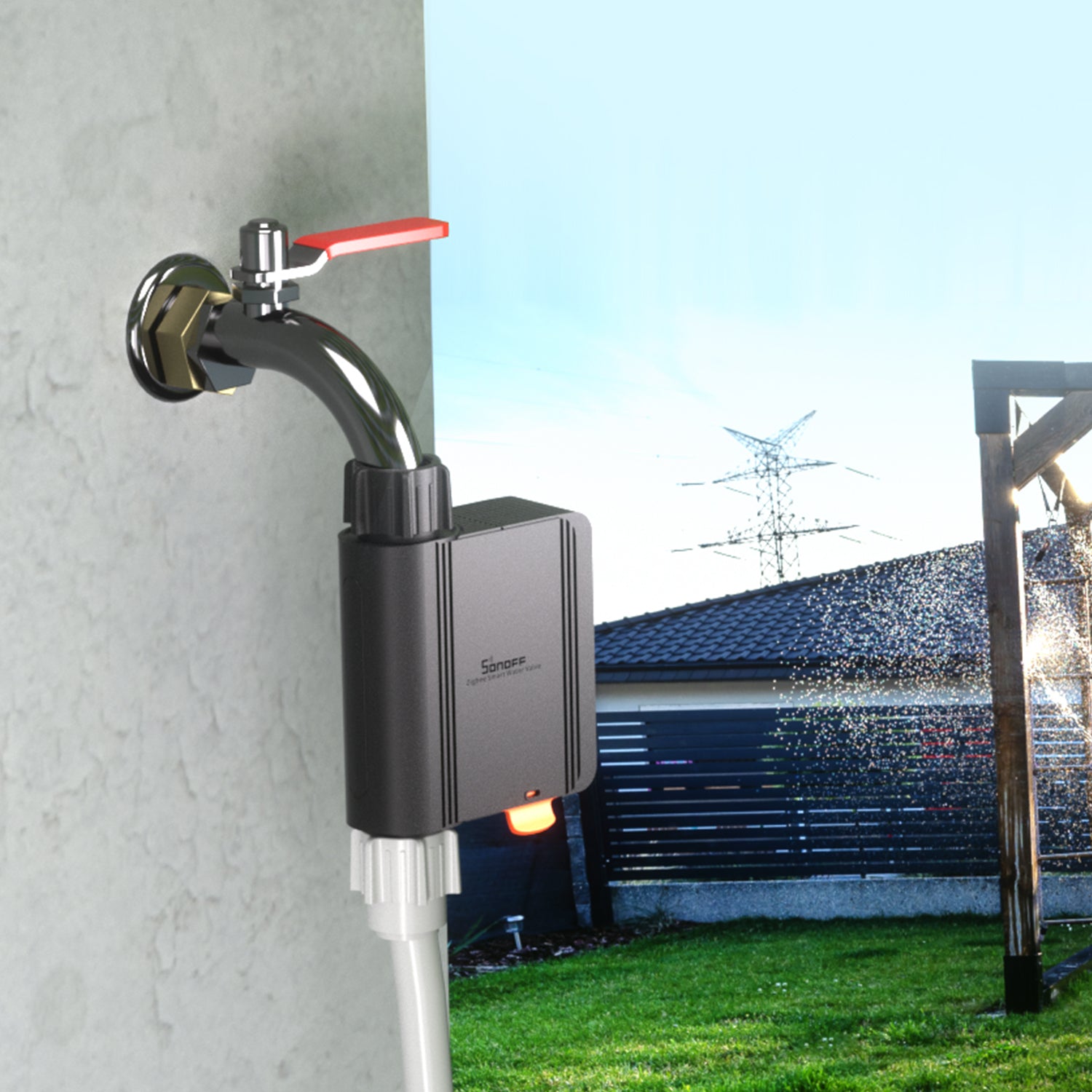
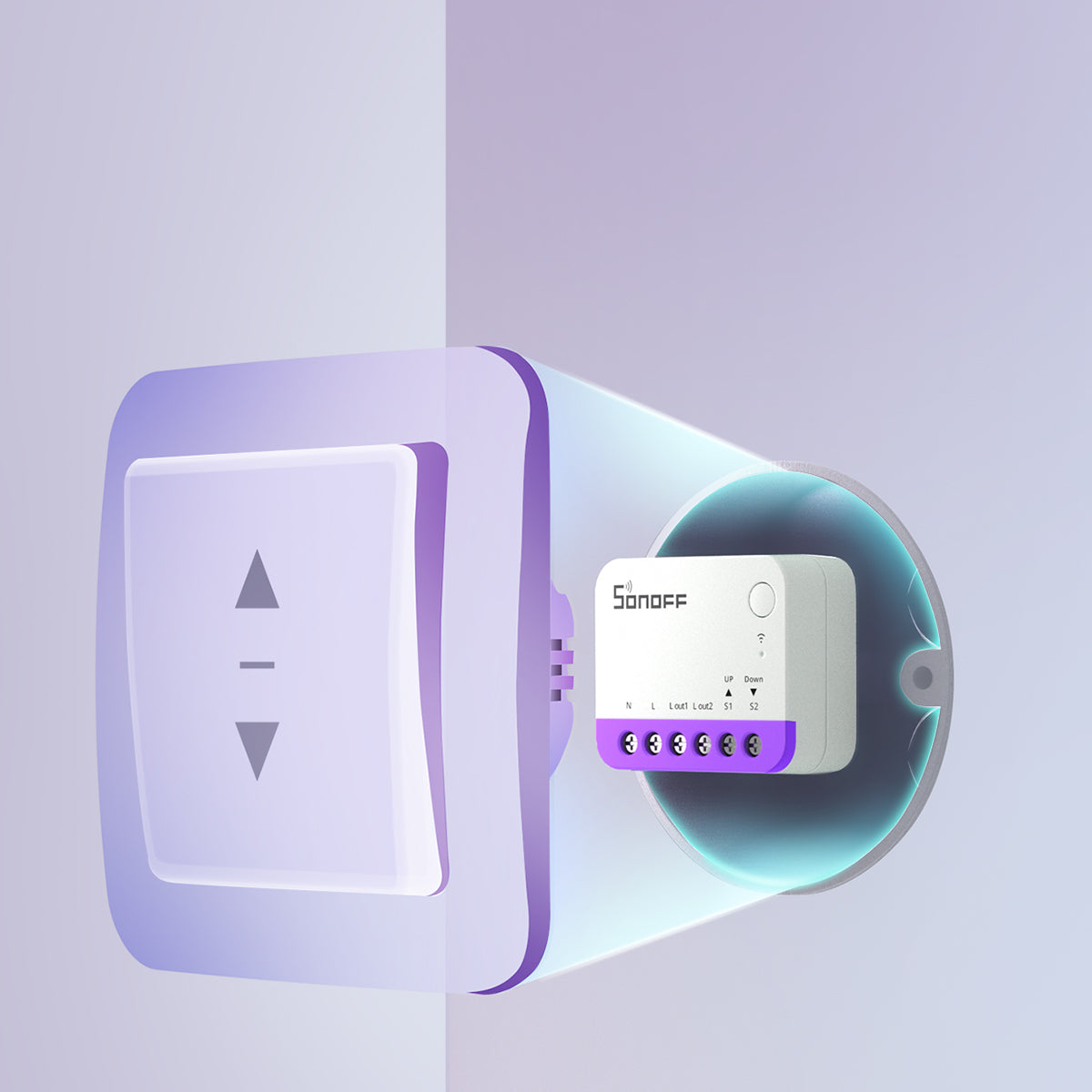
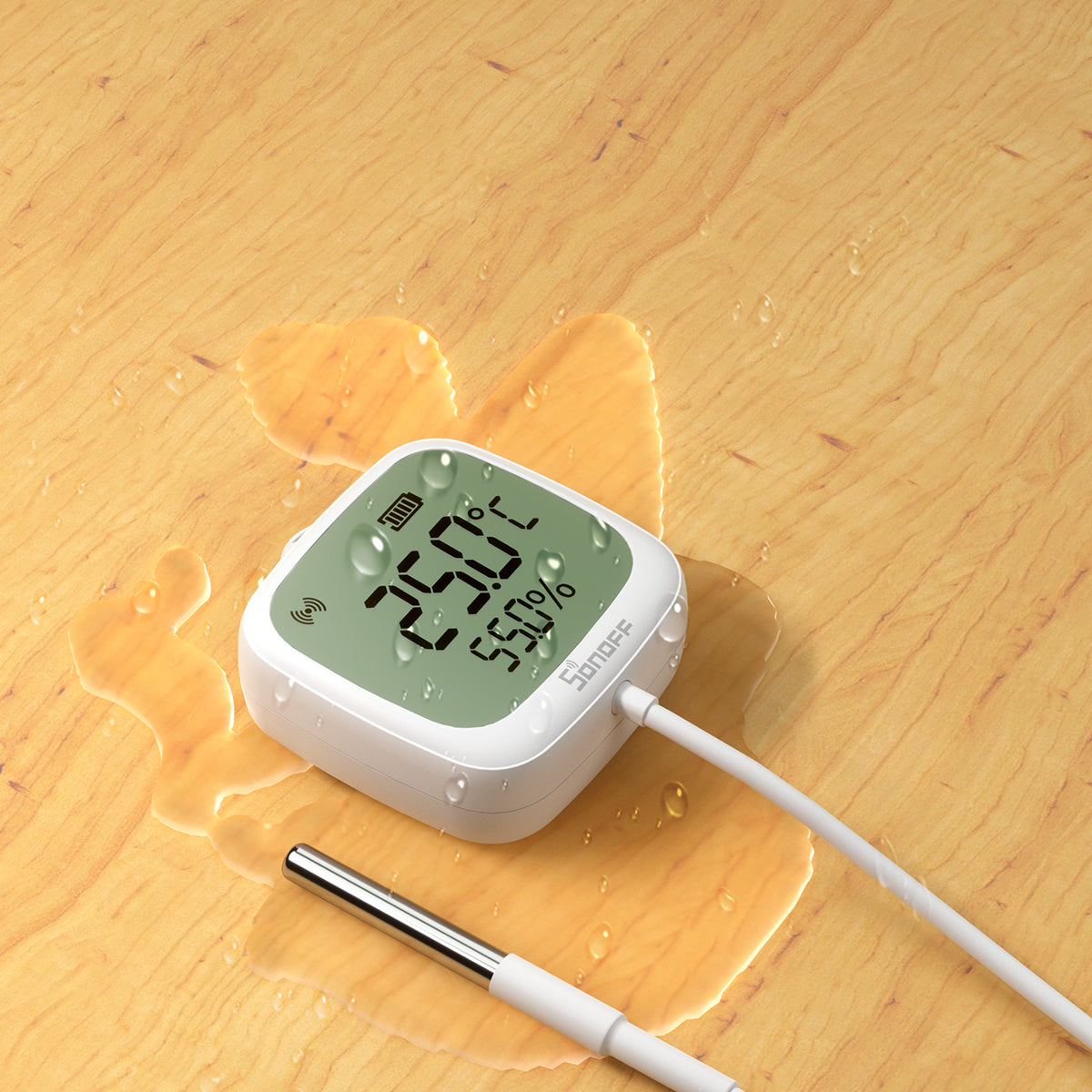
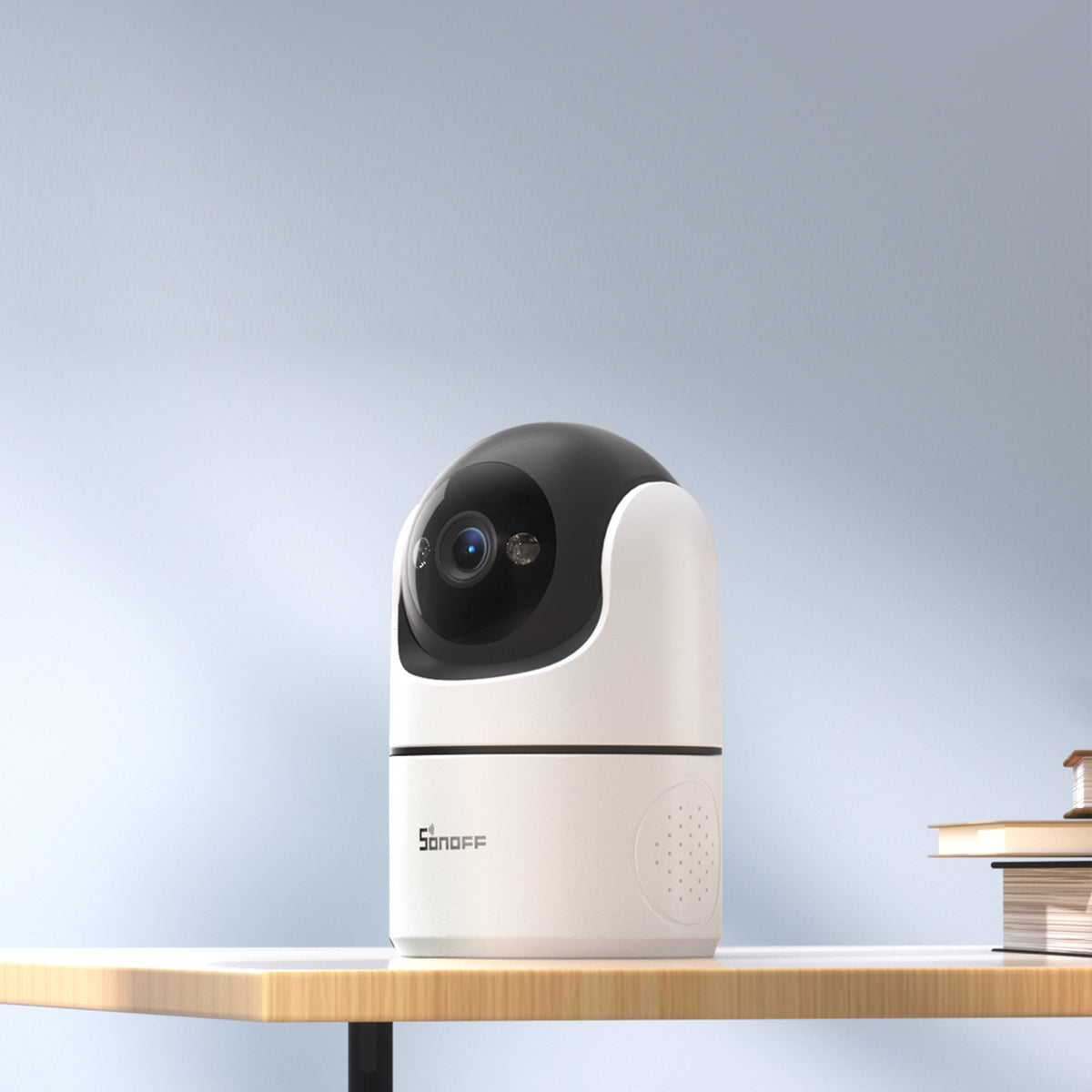
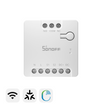

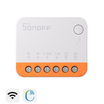


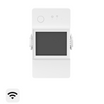
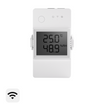

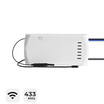
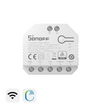
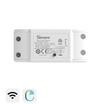
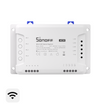
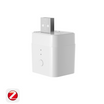
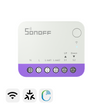
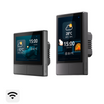

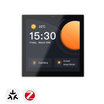
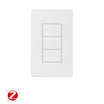

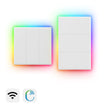
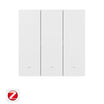
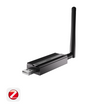




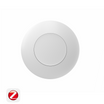
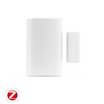
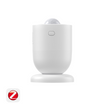
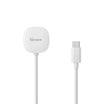
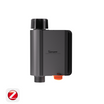



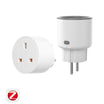

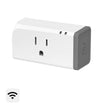

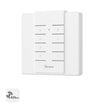
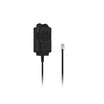
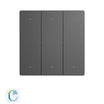
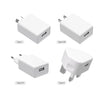



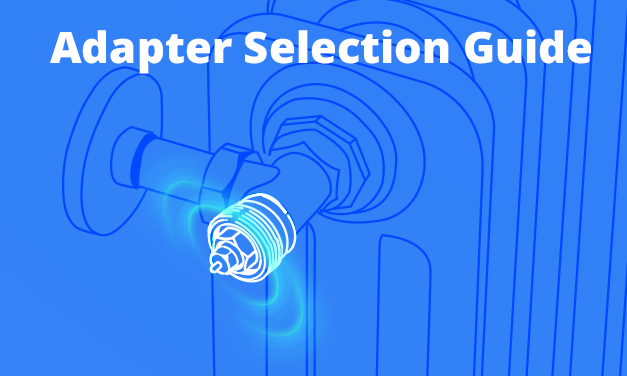
Leave a comment
All comments are moderated before being published.
This site is protected by hCaptcha and the hCaptcha Privacy Policy and Terms of Service apply.